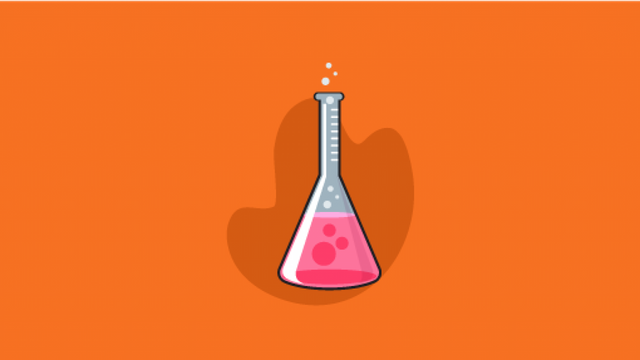Experiments in molecular biology have opened up new doors for the medical community, and a recently published study sheds even more light on the importance of experiments. Biologists, chemists, and medical researchers can now conduct research on living organisms under any circumstance, which was previously impossible. Previously, it would have been too expensive to risk human patients if the result of an experiment was to discover a drug that could be dangerous to the public. Now, however, it is possible to determine if any drug should be banned, or if it should be regulated to prevent it from causing overdose and deaths.

Image Source
The paper by Gregory A. Miller and colleagues lays out the reasons why it is important to perform biomedical research but also highlights some of the problems inherent in this high value of experimentation. Miller is a professor of medical ethics at the University of Chicago's medical school, and he is one of the leaders in the study of how religion can influence medical practice. He knows first hand the danger of drug experiments involving humans, and he has watched some of the most promising drug developments fail because of religious zeal.
One of the most exciting areas of study is the study of molecular evolution, and Miller has made his career studying this phenomenon. His research has shown how a molecular evolutionary analysis can provide valuable data about relationships among living organisms. For instance, sequence similarities between bacteria and virus, or between plants and animals, can provide strong evidence about whether an organism is evolving according to a template. Likewise, genetic differences between closely related organisms can point to speciation, the branching of species, and the history of evolution.
Miller began working on these problems after becoming convinced that the structure of DNA is unique among all living things. The structure of DNA is dictated by factors such as amino acid sequence and editing methods, but when you stop to think about it, nature provides us with innumerable examples of the production of life forms, including bacteria, viruses, and even plants. It's incredible to think that DNA is so well conserved, yet we still know so little about it. In addition, the information encoded in DNA is passed down from generation to generation, which makes it particularly susceptible to mutation and error. These issues are causing researchers a great deal of headache, making the search for more accurate methods of molecular biology seem hopeless. This is why more people are turning to databases for sequence data.
The challenge for scientists has always been how to collect and organize sequence data without ruining it. The typical route is to build a database, run queries against it, and then work out what the data tells you. Thanks to artificially intelligent systems, this problem has already been addressed. Deep sequencing databases that work with information science software allow scientists to not only understand the data better, but also to discard false results and help them form correct conclusions. In fact, these systems have been so effective that many institutions are already using them.
Thanks to the work of the Human Genome Initiative (HGI), the field of human genetics has taken on a whole new look. After collecting and organizing the entire genome of human adults, the HGI was successful in generating a great deal of information about the genetic bases of disease and health. The HGI's efforts also helped lay the groundwork for future research into human genetics and the ability of the human body to adapt to disease. Much of the recent excitement in the field of molecular biology is owed to the work of the Human Genome Project, or the HGP, as it is popularly known.
However, the HGP failed to achieve its original goals, primarily because of the difficulty of assembling the entire genome. In addition, it was not until recently that researchers were able to assemble and analyze the complete DNA sequences of every cell. As a result, the research community is now focusing on methods of sequence analysis that involve artificial intelligence. One such method uses bacterial comparative analysis to detect similarities and differences among sample cells.
Another method that is being tested is the cytogenetic maps generated by sequence alignment. By aligning the sequences of different genes, scientists can detect if they are indeed identical. If they are not, they can use other methods to identify where these repetitive segments in the genetic code differ. These differences will then be used to determine the location of regulatory regions, which may play an important role in cystic fibrosis.